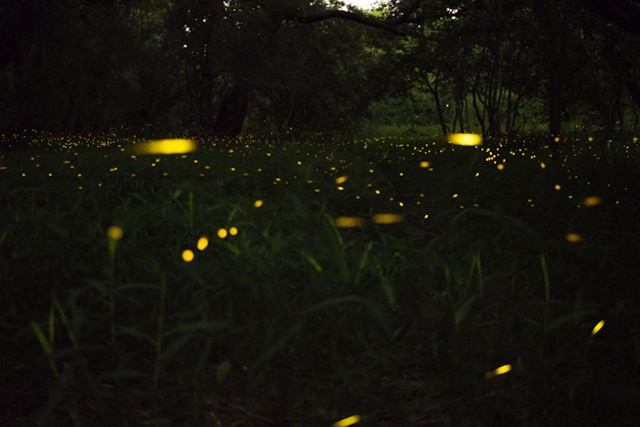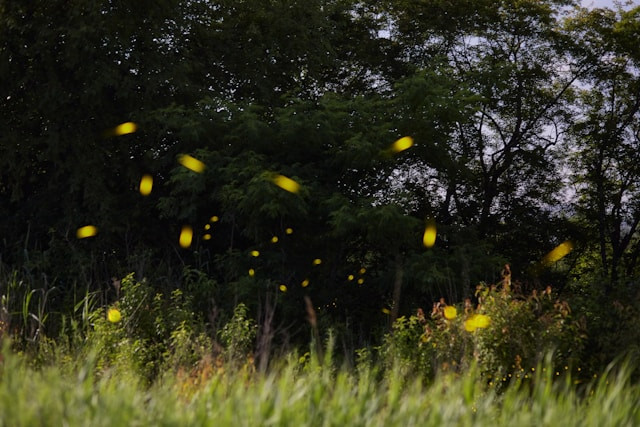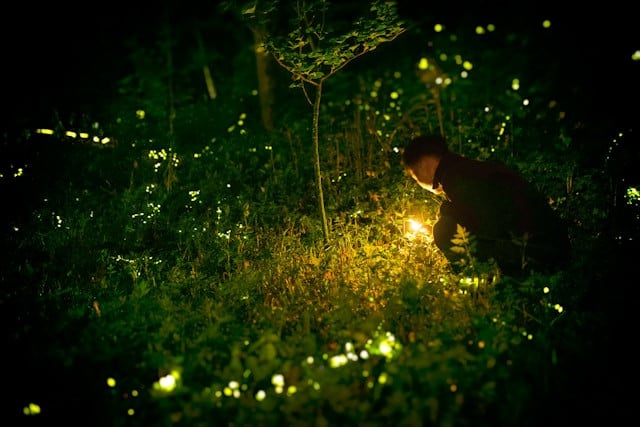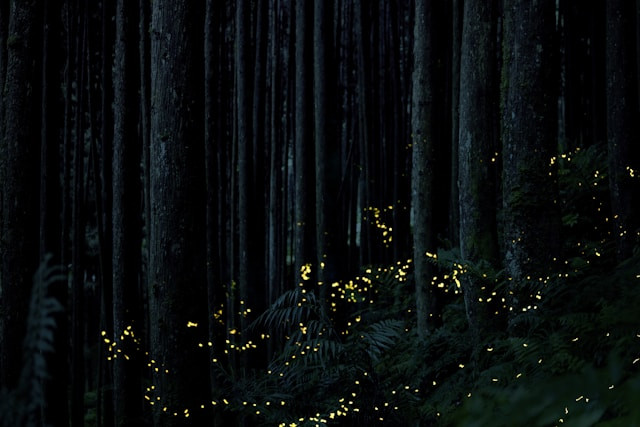Our Generation Could Be the Last to Witness Fireflies, as They May Vanish Completely This Summer

Picture a warm summer night, the sky dotted with tiny, glowing lights dancing in the dark. For many, fireflies, or lightning bugs, are a magical part of childhood memories.
But have you noticed fewer of these glowing insects lately? Scientists warn that firefly populations are shrinking, and we might be among the last to see their twinkling displays.
What’s causing this decline, and can we do anything to save them? Let’s explore the reasons behind the fading firefly glow and how we can help.
Firefly Population Decline

Fireflies face several challenges that are reducing their numbers. One major issue is habitat loss. Fireflies thrive in wetlands, forests, and fields near water, where their larvae grow in moist soil or leaf litter.
But as cities grow and forests are cleared for homes or farms, these habitats disappear. In places like Delaware, the Bethany Beach firefly is losing its home to beachfront development.
Another threat is light pollution. Fireflies use their glow to find mates, but streetlights and house lights can drown out their signals, making it hard for them to reproduce.
Pesticides also harm fireflies by killing them directly or reducing their food sources, like snails and slugs. Climate change adds to the problem, with droughts and extreme weather disrupting the wet conditions fireflies need.
What Can We Do to Help?

The good news is that we can take steps to protect fireflies. In your backyard, try planting native plants that attract the insects firefly larvae eat, like snails.
Leaving leaf litter and unmowed grass can create a cozy home for them. Reducing light pollution is key—turn off outdoor lights when not needed or use motion-sensor lights.
You can also avoid pesticides and choose natural pest control methods. Joining citizen science projects, like the Firefly Atlas, lets you track firefly sightings and help researchers understand their populations.
In Japan, communities have cleaned rivers and bred fireflies to bring them back, showing that collective action works.
Hope for the Future

While the firefly population decline is serious, it’s not too late. Experts say that protecting habitats and reducing threats can help fireflies recover.
Some areas, like parts of the Midwest, might even see more fireflies as climates shift. By making small changes, like creating firefly-friendly yards or supporting conservation efforts, we can ensure these glowing beetles light up summer nights for years to come.
Fireflies are more than just a pretty sight—they’re a sign of a healthy environment. Let’s work together to keep their magic alive for future generations.
You might also want to read: It’s Confirmed! Japan’s Population Is 80 Years And Older


